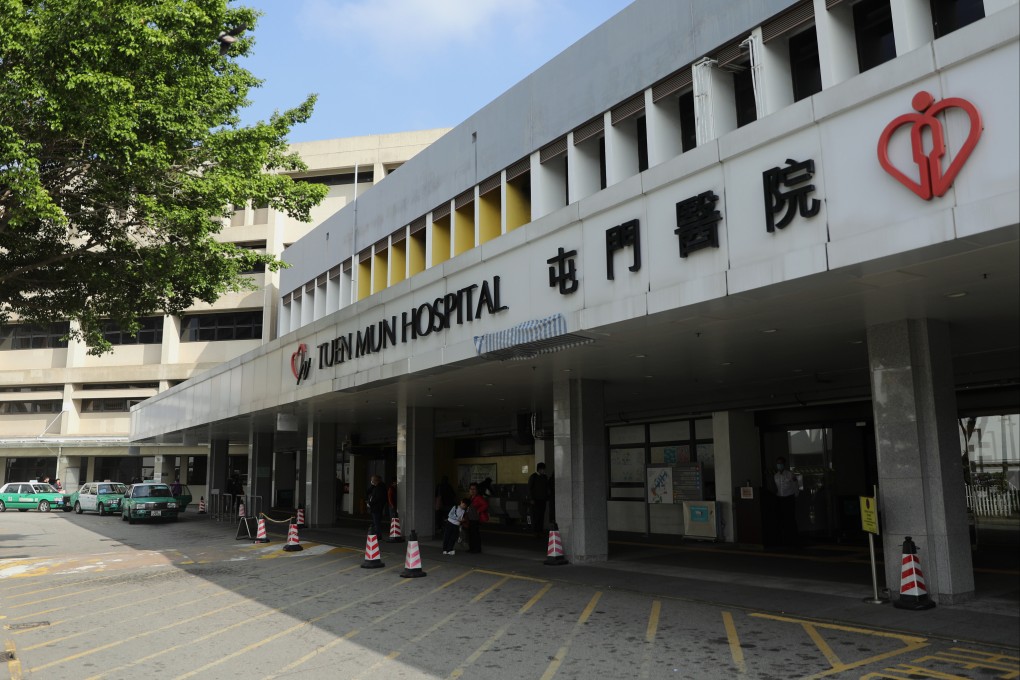Editorial | Transparency is key to trust in Hong Kong hospitals
- Blunders must be fully investigated to help ensure any systemic weaknesses are addressed to prevent a recurrence and enhance patient safety

Public confidence in the city’s hospitals is paramount. They are therefore held to a high standard of patient safety.
Serious failures of diagnosis or treatment with tragic outcomes do nothing to maintain that confidence. Reports detailing medical blunders and the consequences for patients and families can be disturbing.
Ultimately, however, such transparency helps ensure any systemic weaknesses are addressed to prevent a recurrence and enhance patient safety.
In a case in point, Tuen Mun Hospital has swiftly reviewed a botched diagnosis and delayed treatment that led to the death last Wednesday of a 57-year-old man from an initially undiagnosed heart attack. The hospital admitted to failures in clinical judgments and in communication with the patient’s family.

The patient’s doctor failed to diagnose an abnormal electrocardiogram (ECG) reading as a myocardial infarction, which was left untreated for hours. According to the hospital, after the patient was admitted last Tuesday for chest pain, initial test results revealed no abnormalities.
